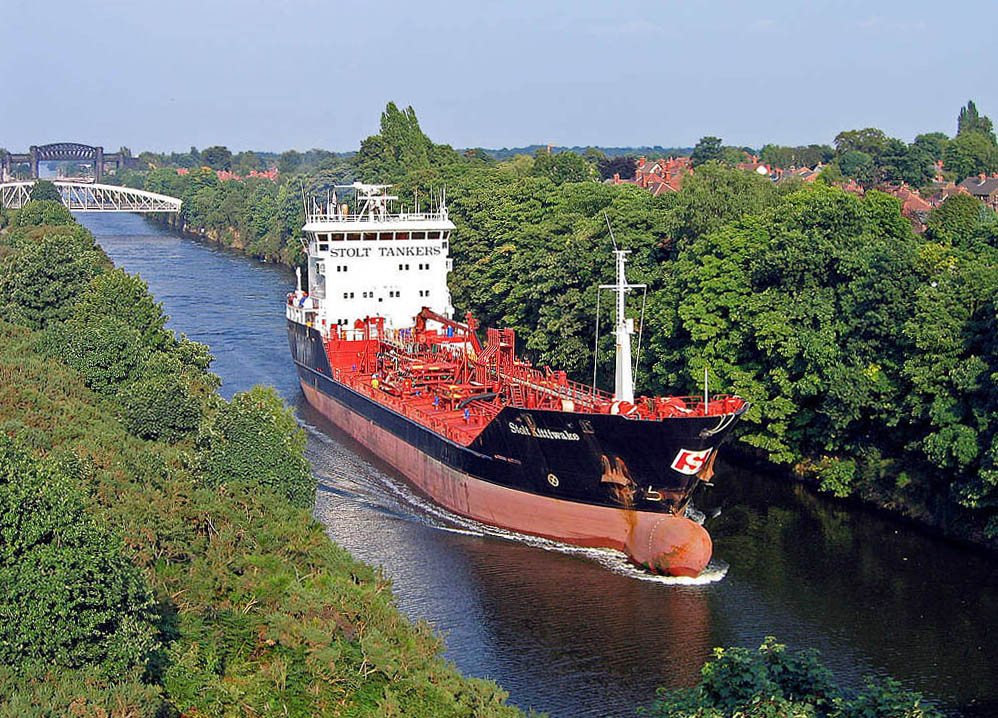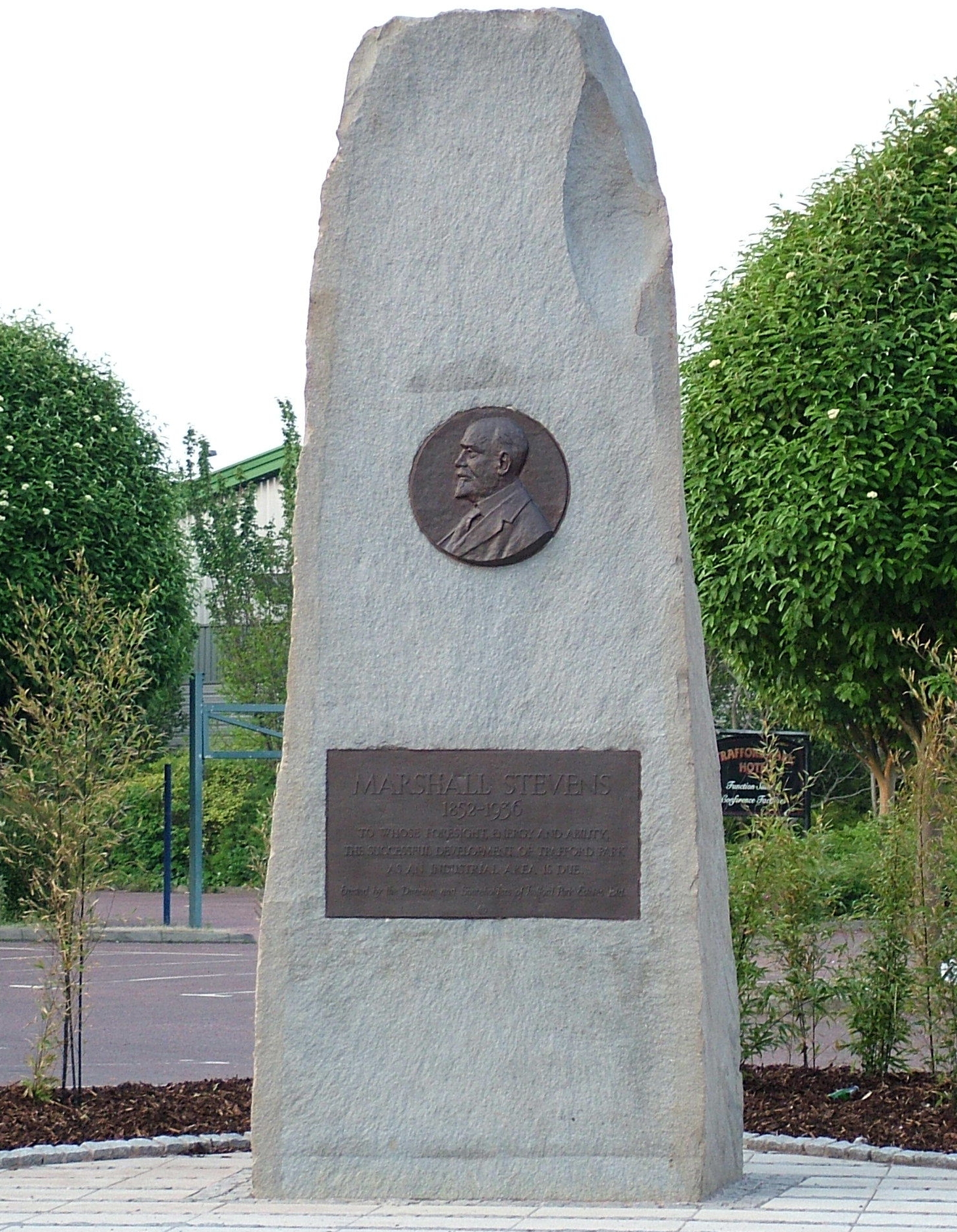
Wikimedia Commons
Marshall Stevens (18 April 1852 – 12 August 1936) was an English property developer. His work with Daniel Adamson and others led to the construction of the Manchester Ship Canal
36-mile-long (58 km) inland waterway in the North West of England linking Manchester to the Irish Sea., completed in 1894.
A memorial to Stevens’ efforts in developing Trafford ParkFirst planned industrial estate in the world, and still the largest in Europe.First planned industrial estate in the world, and still the largest in Europe., the first world’s industrial estate and still the largest in Europe, stands in Trafford Park Village.
Life and death
Stevens was born on 18 April 1852 in Plymouth, England. He was appointed general manager of the Ship Canal Company in 1891. On 1 January 1897, Stevens resigned from the canal company to become general manager of Trafford Park Estates, a company set up by Ernest Terah HooleyErnest Terah Hooley (5 February 1859 – 11 February 1947) was an English financier who specialised in acquiring companies and then reselling them at inflated prices, making himself substantial profits in the process. to develop Trafford ParkFirst planned industrial estate in the world, and still the largest in Europe.First planned industrial estate in the world, and still the largest in Europe., the ancestral home of the de Trafford family, into what became the first and largest planned industrial estate in the world. He also served as the Conservative Member of Parliament for Eccles from 1918 to 1922.[1]
Stevens died on 12 August 1936 in Devonport, Devon and was buried in St Catherine Church, Barton-upon-Irwell. Shareholders in Trafford Park Estates subscribed to pay for a memorial.
Memorial
A 22-ton block of Welsh granite with a bronze portrait medallion and inscription was designed and made by Ashton upon Mersey sculptor, Arthur Sherwood Edwards. It was unveiled at the junction of Trafford Park Road and Ashburton Road in October 1937.
In 1993 the memorial was relocated to Wharfside Promenade, with the introduction of a new road layout. As the site became part of Imperial War Museum NorthMuseum in the Metropolitan Borough of Trafford in Greater Manchester, England. One of five branches of the Imperial War Museum, it explores the impact of modern conflicts on people and society., the memorial was put into temporary storage when construction work began. It is now in Trafford Park Village at the junction of Third Avenue and Eleventh Street.[2]
The memorial is inscribed:
1852–1936
To whose foresight, energy and ability
the successful development of Trafford Park
as an industrial area is due.

